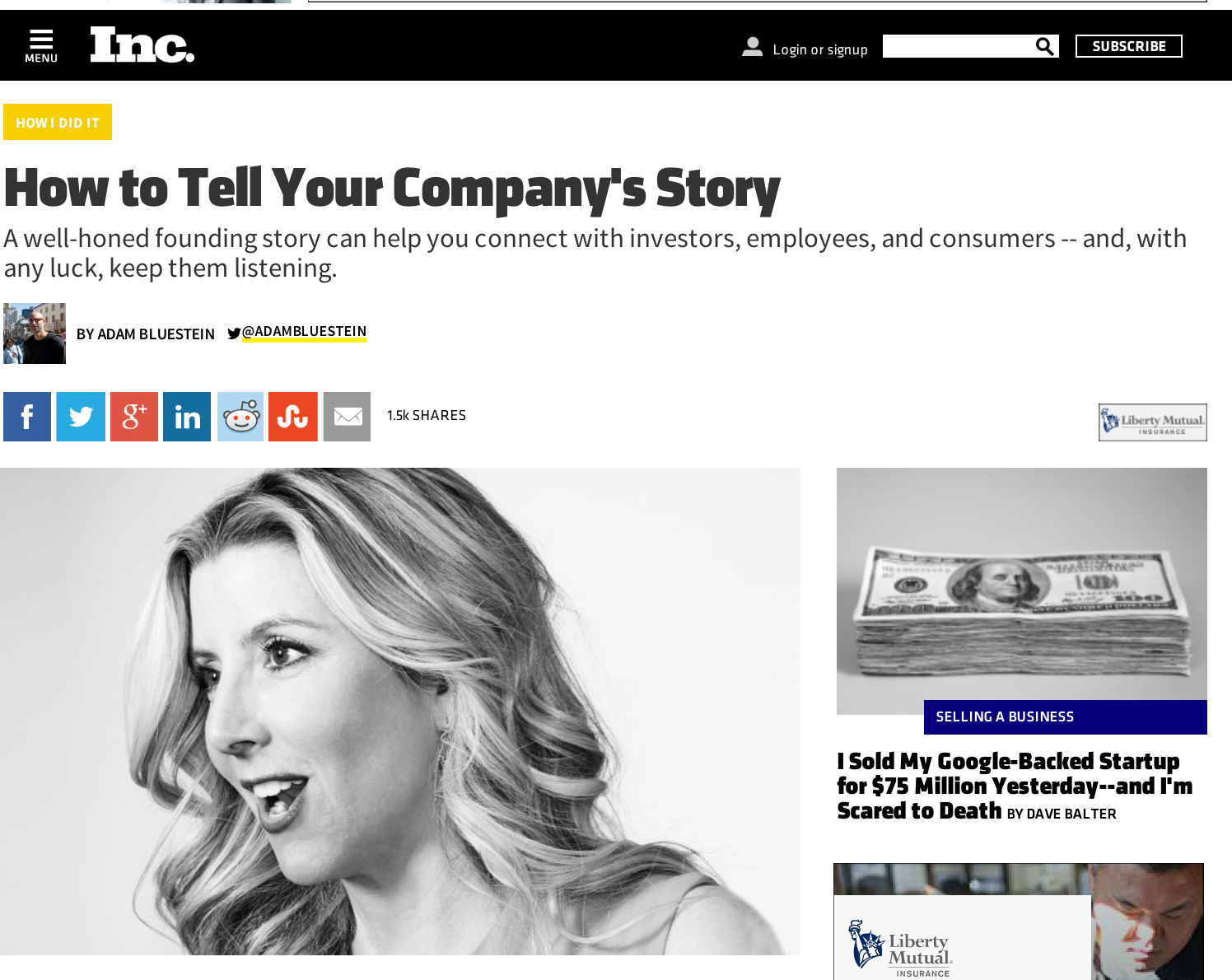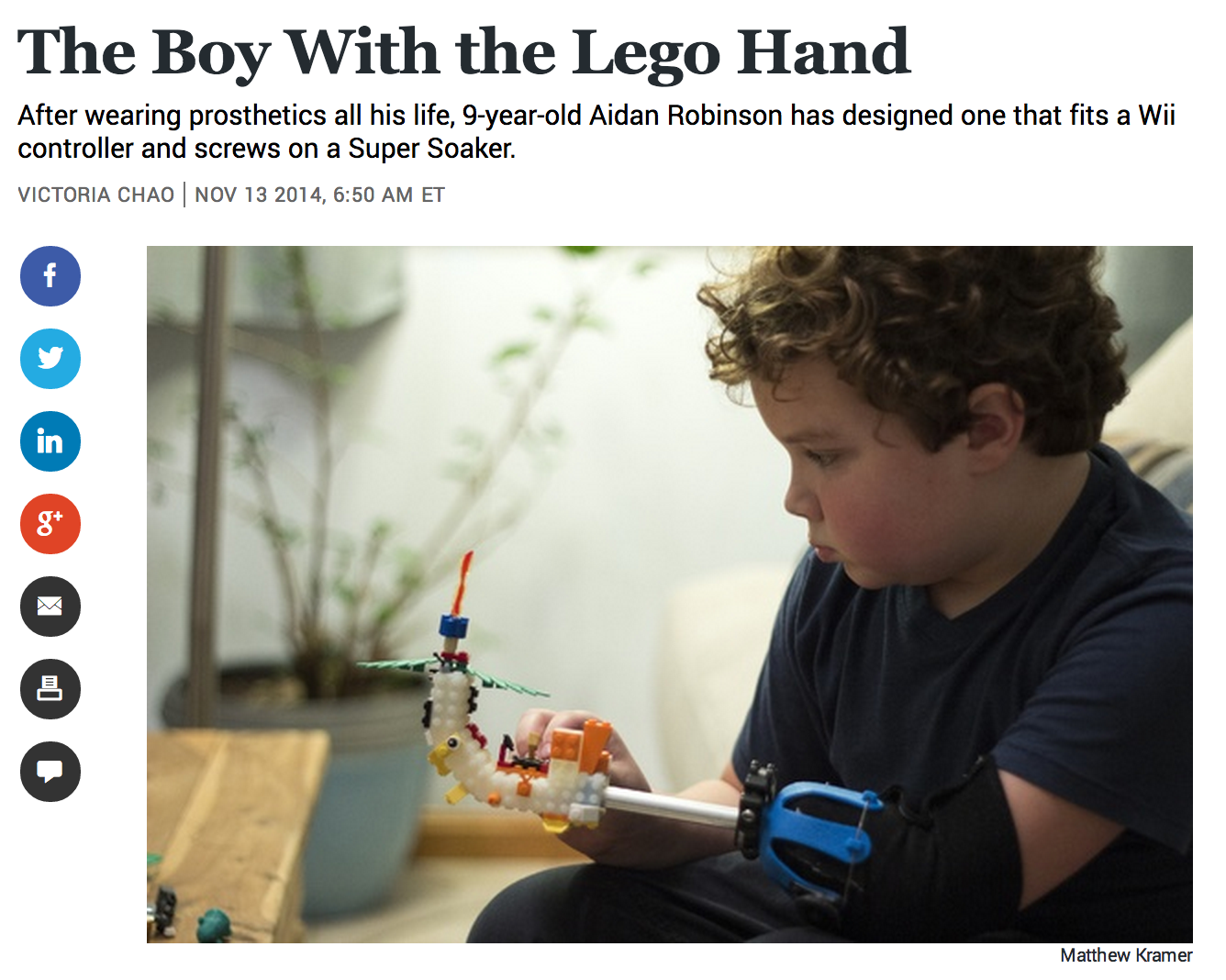Outputs are the things you do — it’s your actions.
Outcomes are the things that happen because of the things you do — it’s your achievements.
Your outputs should impact your outcomes, right?
But that’s not always the case.
How Would You Measure a Hospital’s Impact?
My organization sponsors a national awards program that recognizes hospitals that serve the underserved in impactful ways.
I love hearing the stories of the more than one hundred hospitals that participate in our program each year. Each is so proud of the work they’re doing — unsung work, in far too many cases.
A key criteria for becoming an award-winning program is demonstrating measurable impact. In other words, the hospital program must clearly define the outcome(s) they seek to achieve. For example, one program works to prevent the transmission of HIV from infected mothers to their children during birth. Another works to detect signs of abuse during ER visits and move patients to safety.
When asked to report what their program has achieved, many hospital representatives list all the work that’s been done — their program’s outputs.
But a few — the award-winners — report the outcomes they’ve achieved through their work. Reducing the obesity rate in their tri-state region, in one case. Getting life-extending medical care to people without access to physicians, in other cases.
Outputs or Outcomes: Which Are You Measuring?
Storytelling is an output. It’s a thing you do. And it’s very important to you and your business.
But it’s not an outcome.
What are you trying to achieve?
Is there a promised land out there to which you’re trying to lead us?
How does the story you’re telling today lead me to a worthwhile tomorrow?


